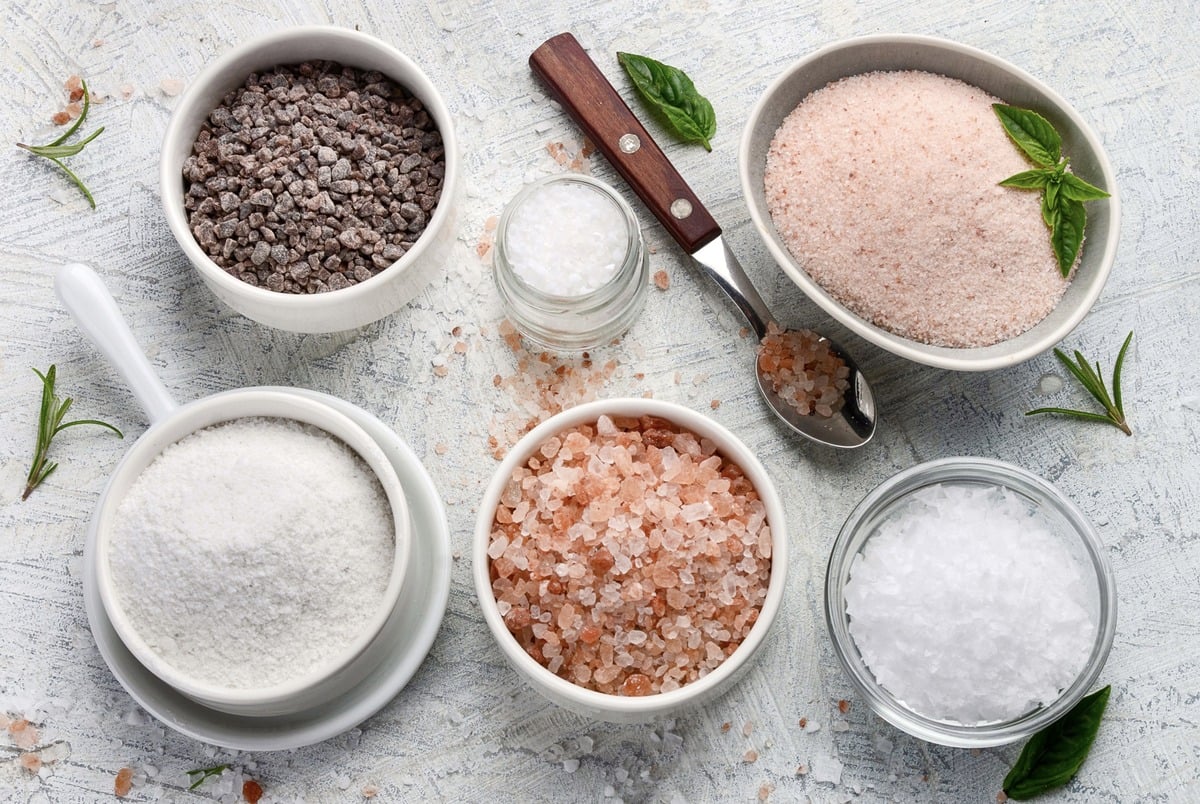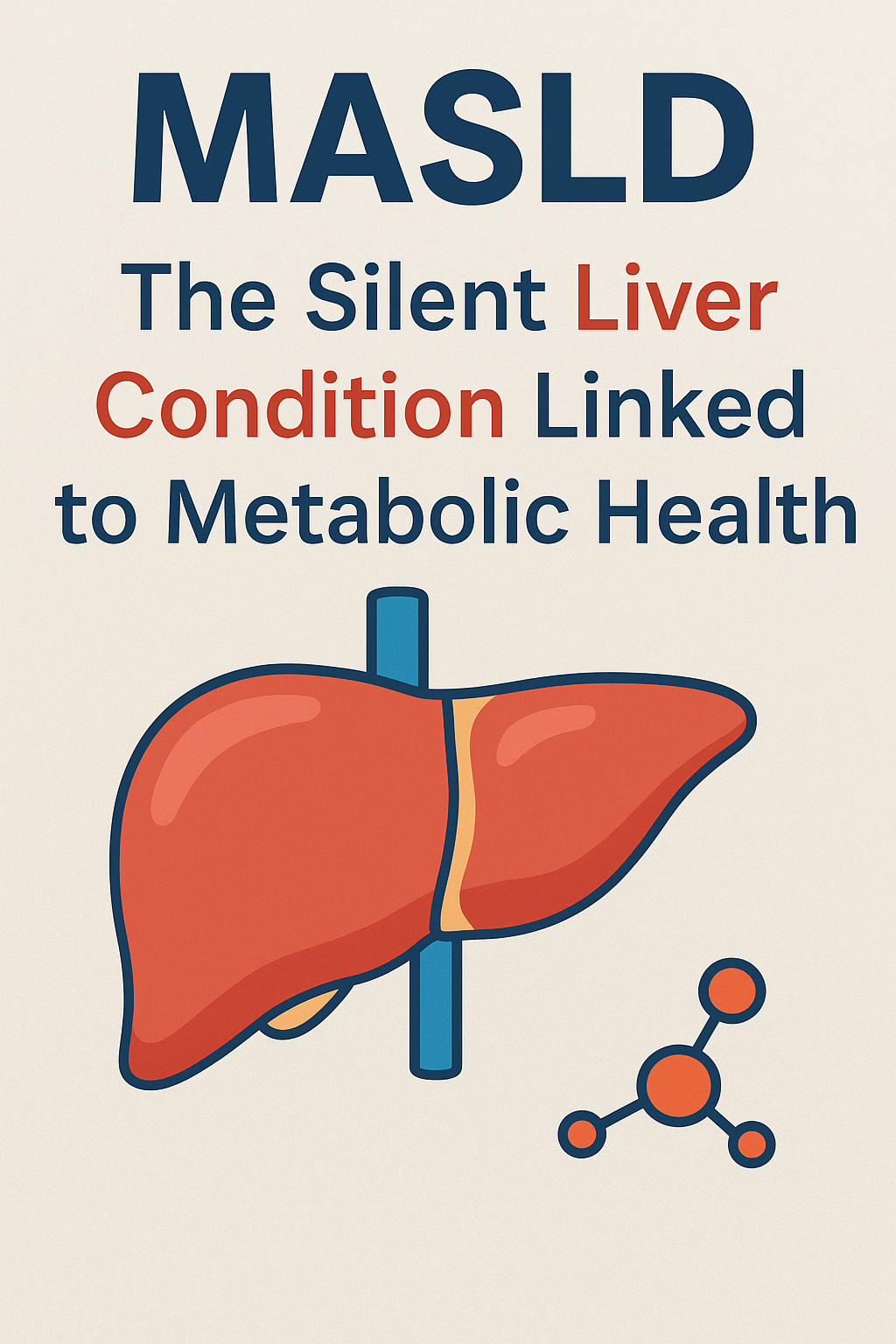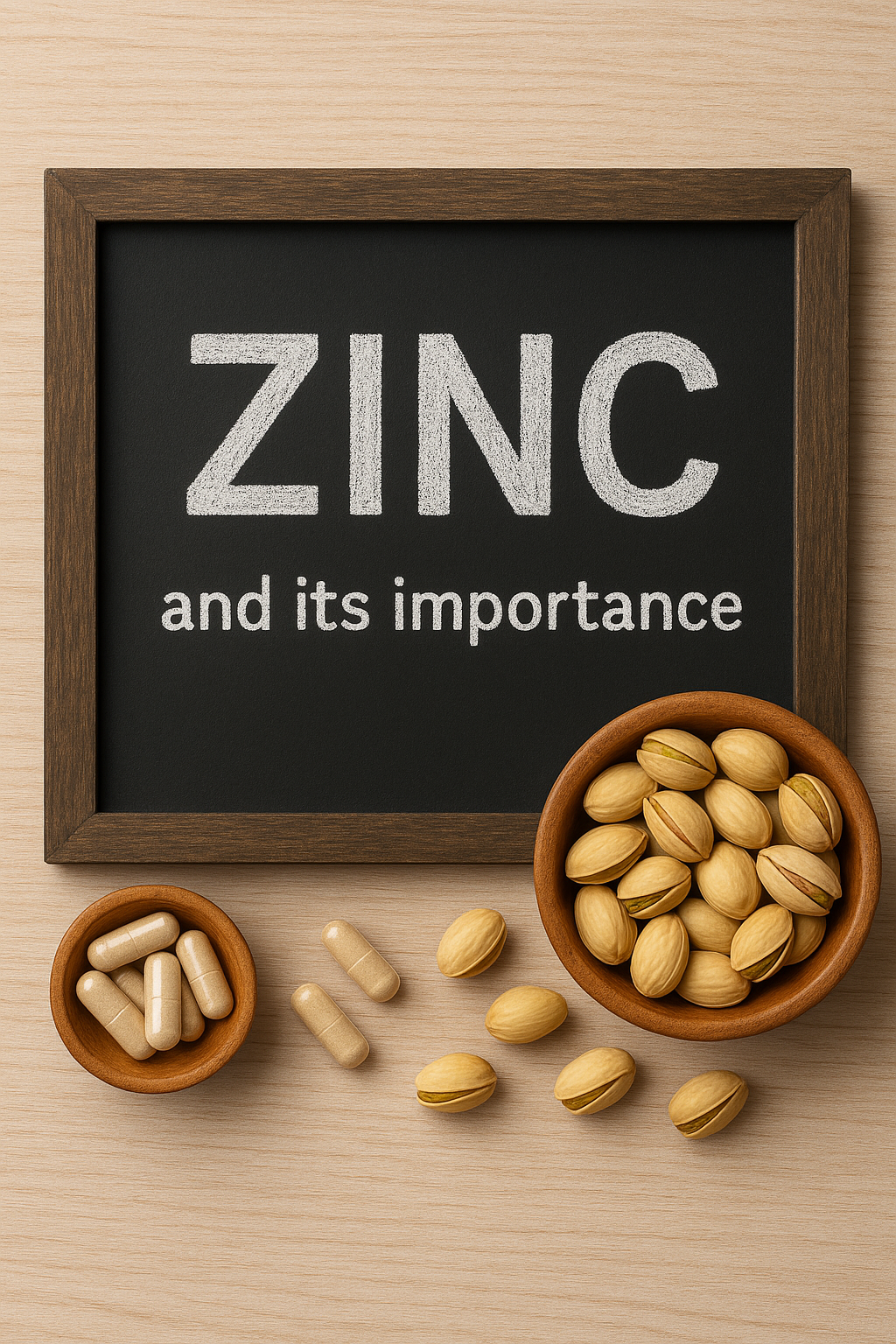Salt is a daily part of our diet, yet it often carries a lot of controversy. With the growing popularity of “natural” salts like Himalayan pink salt and sea salt, white iodized table salt has been accused of being “bleached” or “chemically treated and harmful.”
But how much of this is fact — and how much is myth? Let’s break it down scientifically.
🔹 What Exactly Is Table Salt?
-
Origin: Table salt is harvested from either underground salt deposits (rock salt) or seawater.
-
Processing: It is refined to remove insoluble impurities like sand, clay, or dirt.
-
Iodization: A small, carefully measured amount of iodine is added to prevent iodine deficiency disorders.
-
Anti-caking agents: Tiny amounts of safe compounds (e.g., calcium silicate, magnesium carbonate) are added to prevent clumping.
👉 This refining process does not involve bleaching. Its pure white color is simply due to its high sodium chloride content — about 97–99%.
🔹 The Myth of “Bleached” Salt
Many assume that because table salt looks bright white compared to pink or grey salts, it must be bleached. This is false.
-
Pink Himalayan salt is pink because of trace iron and other minerals.
-
Sea salt often looks grey because of natural impurities or clay particles.
-
White salt is just purified sodium chloride, and naturally appears white once impurities are removed.
So, the color difference is natural, not the result of bleach or harmful chemicals.
🔹 Is Refining Harmful?
Refining makes salt cleaner and safer by removing non-edible impurities.
-
The main “chemical” in any salt is sodium chloride (NaCl) — whether it’s table salt, rock salt, or sea salt.
-
All salts have nearly the same sodium content, which is what influences blood pressure.
The real health concern is excess sodium intake — not the refining process.
🔹 White Salt vs Pink Salt: Nutritional Comparison
| Feature | White Table Salt | Pink Himalayan Salt |
|---|---|---|
| Sodium chloride | 97–99% | 95–98% |
| Iodine | ~45 µg per gram (added) | Usually absent |
| Trace minerals | Minimal | Iron, magnesium, potassium — but in tiny, non-significant amounts |
| Additives | Iodine, anti-caking agents (safe) | None |
| Impact on BP | Same (depends on sodium amount) | Same (depends on sodium amount) |
👉 The main nutritional advantage of table salt is its iodine fortification. Pink salt’s minerals sound impressive, but they exist in quantities too small to make a difference.
🔹 Which Salt is Better for Blood Pressure?
When it comes to blood pressure, the answer is simple:
-
Neither white nor pink salt is “better” — both contain almost the same amount of sodium, and sodium is what raises blood pressure.
-
The real key is how much salt you consume, not which type.
-
The World Health Organization recommends less than 5 g of salt per day (~1 teaspoon total from all foods).
-
To protect your heart and blood vessels, focus on:
-
Reducing total sodium intake.
-
Eating more potassium-rich foods (bananas, spinach, beans, lentils, sweet potatoes) to balance sodium’s effects.
-
👉 If iodine deficiency is a concern in your diet, iodized white salt is the healthier choice.
🔹 Why Iodized Salt Matters
The addition of iodine to salt is one of the biggest public health successes of the 20th century.
-
Prevents goiter (thyroid enlargement).
-
Protects against hypothyroidism.
-
Supports brain development in children and prevents cognitive delays.
-
Meets daily iodine needs: just 3–4 g of iodized salt per day (less than one teaspoon) provides the recommended 150 µg for adults.
Pink or rock salts, unless fortified, usually do not provide iodine.
🔹 Should You Avoid White Salt?
❌ No.
-
It is not bleached.
-
It is not chemically dangerous.
-
It is safe and regulated, and in fact healthier in many cases because of iodine.
✅ The real issue is quantity:
-
The World Health Organization recommends <5 g of salt/day (~1 teaspoon).
-
Reducing salt lowers the risk of high blood pressure, heart disease, and stroke — regardless of whether the salt is white, pink, or sea salt.
✅ Key Takeaways
-
White table salt is not bleached. Its whiteness comes naturally from purification.
-
Pink salt isn’t healthier — sodium content is nearly the same.
-
For blood pressure, neither type is superior. What matters is reducing salt intake overall.
-
Iodized table salt helps prevent thyroid disease, making it the smarter choice if you’re not eating other iodine-rich foods.
🔗 You May Also Find These Readings Helpful:
📚 References
-
World Health Organization. Salt reduction.
-
American Heart Association. How much sodium should I eat per day?

Akanksha Sharma
Dr. Akanksha Sharma, Head Writer and creator of AtoZ of Pregnancy, is dedicated to empowering women, parents, and families through 360-degree knowledge. She and her team provide evidence-based advice to guide families through pregnancy, parenting and beyond.






